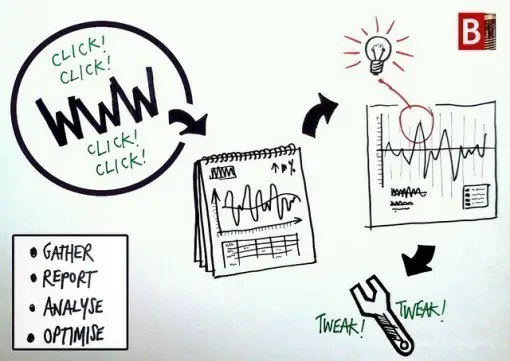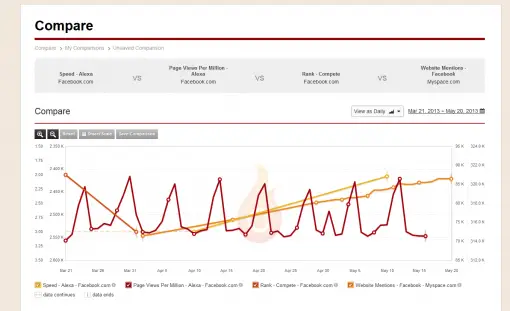You’ve probably heard all about web analytics before. Even the newest kid on the Internet block would have heard at least a little bit about Google Analytics and other similar tools that are “supposed” to help you improve your presence online. Even better, analytic platforms are supposed to be able to help you gain new customers and keep old ones.
If you’re a seasoned online pro, then you need no convincing about the usefulness of web analytics. What you might want, though, is an alternative to what you are using right now. If you’re relatively new to the game, then you’ll want a quick, but practical introduction to your options. Whichever group you belong to, this post has something for you.
Why use web analytics?
We can go on and on about web analytics and how important a tool this is. It all boils down to one thing, though: knowing just how well your content is doing.
At the end of the day, it does not matter what product or service you are selling. Sure, the quality of what you have to offer matters, but before your customers get to experience that, you have to convince them via words – your content. And when it comes to evaluating just how good your web site content is at reaching out to customers, web analytics is your best friend.
A word of caution: Web analytic platforms are tools, and you should not forget that for one second. The better the platform, the more information you extract, the better the quality of the information as well. You still have the responsibility of taking that information and doing something concrete with it.
What can you glean from web analytics?
Different platforms will give you different kinds of information, naturally, but in general, you can expect the following:
- the number of people visiting your web site
- the number of people viewing which pages
- the location of your visitors
- how long visitors spend on the web site/page
- what links visitors click
- what browser visitors use
- what sites send traffic to yours
- what keywords people used to get to your site
It does not take a rocket scientist to realize that having these bits of information can help you develop content that will cater to your target demographics.
Is Google Analytics always the best choice?
When it comes to web analytics, Google is usually first brand to come to mind; and that’s only to be expected! The brand has become a household name, and to be honest, its analytics platform is rather good. It gives you all the information mentioned in the previous section – plus more. Additionally, Google Analytics is free to use, and if you’re already using Gmail and the host of other Google products, then it does seem intuitive to use Google Analytics, right?
However, while this product is arguably one of the best in the niche, it pays to note that in the analytics game, there is no one-size-fits-all solution. If you are serious about getting feedback about your site and making the necessary adjustments to achieve your goals, then you might want to take a look at the other options that you have when it comes to web analytics. It is even considered good practice to use more than one analytics platform.
Web Analytics: Alternatives
What alternatives do you have? A lot has been said about these, and you can find resources aplenty, like this one. One relatively new player, which is well worth a try is HeatSync. The platform is currently in Beta, and the good news is that it’s free in this period! The main thing going for HeatSync is that it is very easy to use, making it perfect for newbies and making the life of a seasoned online pro even easier. It works either way!
Down to the technical aspects, though, HeatSync really does make things easy for the user as it compiles information from various platforms that you would otherwise have to check one by one. For example, it puts together data from sites such as Compete, SimilarWeb, Klout, SEOmoz, and Alexa, and then displays the data for you in one easy-to-view dashboard.
Even better, HeatSync has a Compare function, which basically allows you to put two web sites side-by-side and see how they compare to each other. You can choose various parameters to compare the sites, giving you deeper insights about your content. Here’s a sample view of the Compare function at work.
Numbers don’t lie…
…but they don’t always get the job done. That’s just a simple reminder that web analytics can only give you so much, and that you do have to do other tasks such as using the data you receive to your benefit. With the right tools – or a blend of those tools – and a little dash of creativity and effort on your part, you should well be on your way to reaching your targets!
Images via beantin and Vicky Brock


